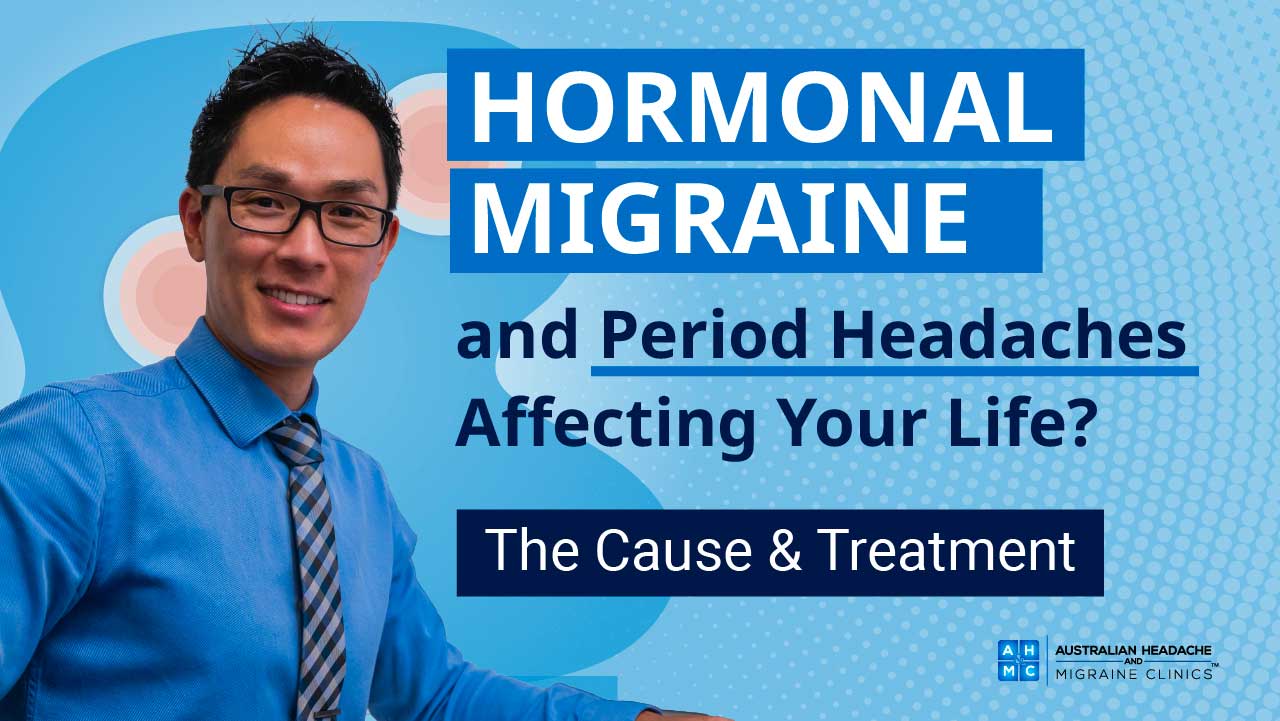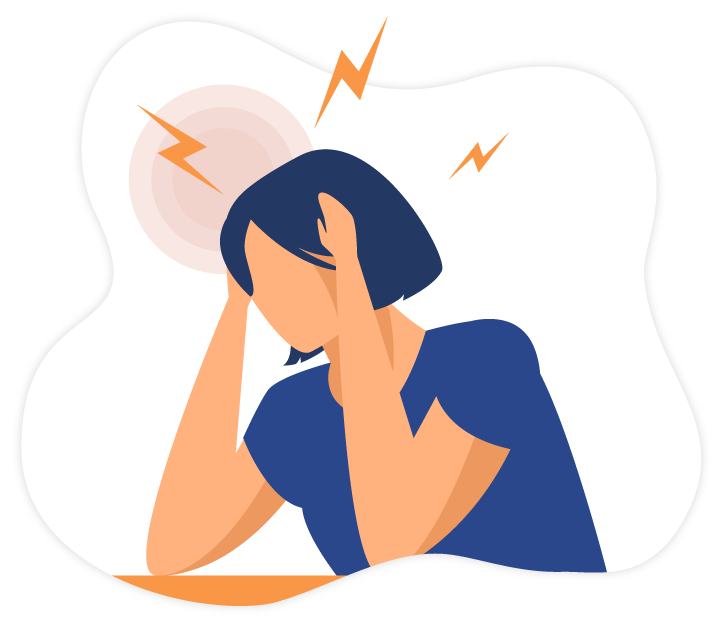I Suffer From Hormonal Headaches
Hormonal Headache Treatment
Hormonal headache or Menstrual Migraine is commonly ranked in the top 5 most disabling conditions for women in Sydney, NSW.
Hormonal headache is usually referred to as Menstrual Migraine, as it predominantly affects females typically during their menstrual cycle. Menstrual migraine is similar to a normal migraine attack, which usually targets one side of the head or in some cases both sides. Symptoms are usually felt during the time of the menstrual cycle and typically last for approximately 3 days.
At the Sydney Headache and Migraine Clinic we utilise world-class techniques in assessing and treating this problem. Once treatment commences we expect a significant improvement to occur rapidly, as is the case with 90% of our patients with hormonal headaches. We expect to observe this within the first 5 treatment consultations.
Ready to find relief from your headaches? Schedule your first consultation and start your journey towards a pain-free life.








